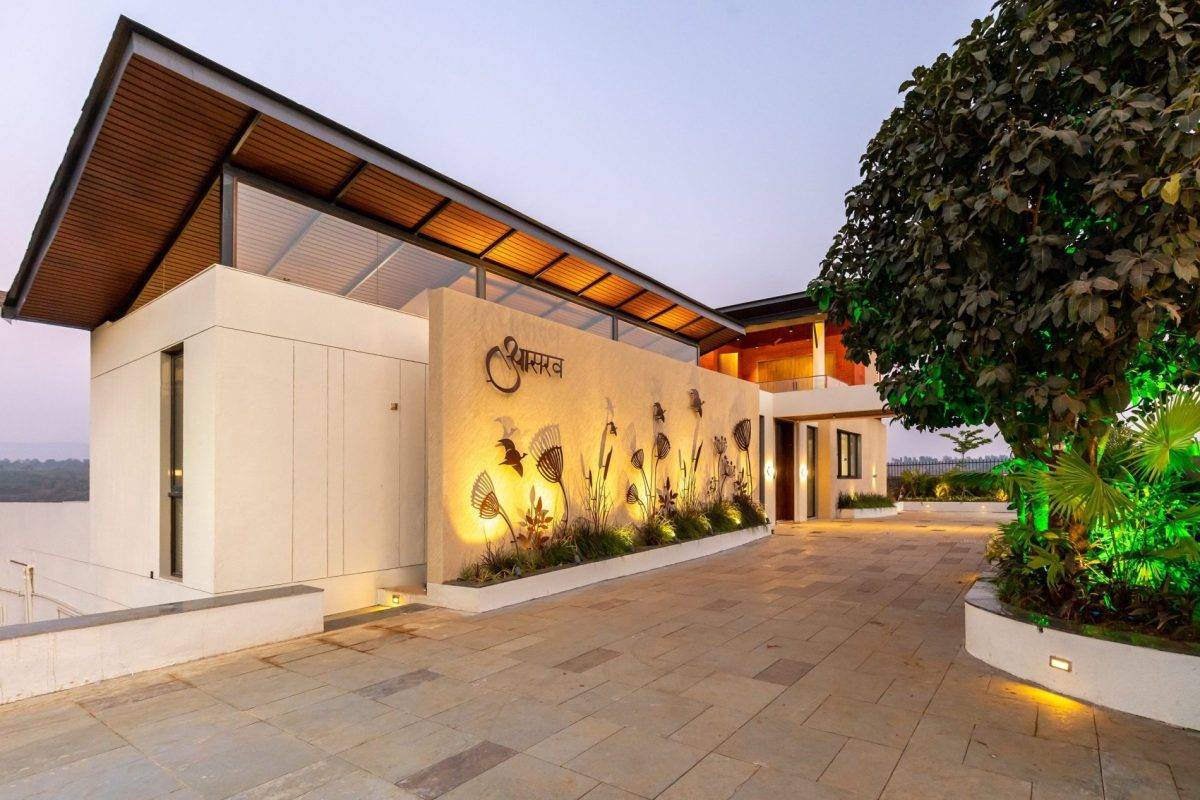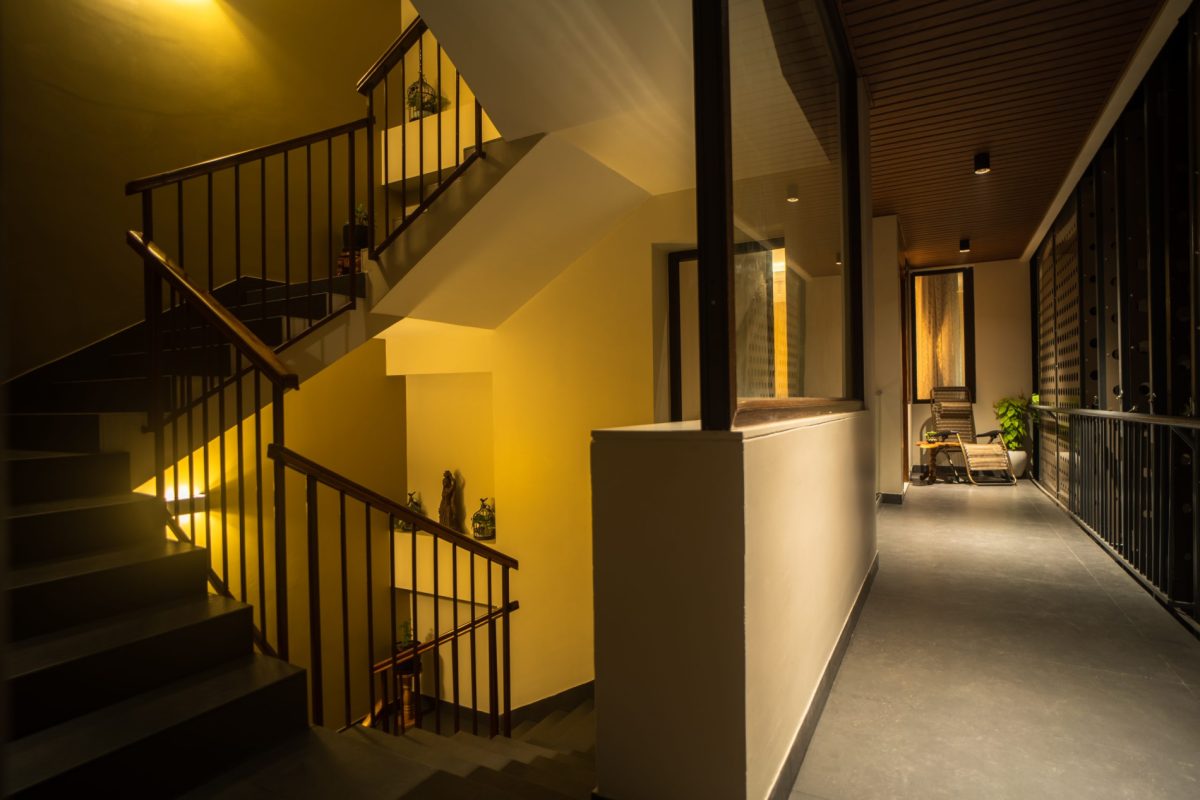What is the Advantage of a False Ceiling?
False ceilings, also known as suspended or drop ceilings, are a type of ceiling that is installed below the main ceiling of a room. They consist of a grid of metal or wooden frames suspended from the main ceiling by wires, with tiles or panels inserted into the grid to create the finished ceiling surface. False ceilings have several advantages, including:
Energy efficiency
False ceilings can help to insulate a room by creating an air gap between the main ceiling and the false ceiling, which can reduce heat loss in the winter and heat gain in the summer.
Sound insulation
False ceilings can help to reduce noise levels in a room by absorbing sound waves. This can be especially useful in spaces with high ceilings, where sound tends to bounce around.


Aesthetic appeal
False ceilings can be used to create a more visually appealing ceiling design, as they allow for the use of different types of tiles or panels to create patterns or textures.
Hiding utilities
False ceilings can be used to conceal electrical wiring, pipes, and other utilities that may be visible on the main ceiling.
Adjustable lighting
False ceilings allow for the installation of adjustable lighting fixtures, which can be used to create different lighting effects and moods in a room.
Space utilization
False ceilings can be used to create additional usable space above a room, such as for storage or to install a loft bed.